Three major weather emergencies have thrust the climate crisis into the western world’s public consciousness this year.
Climate change is, of course, already a daily reality to the communities elsewhere in the world hit by cyclones, droughts and floods.
But the relative lack of visible extreme weather in the west means you often won’t often find it leading British headlines the way it should.
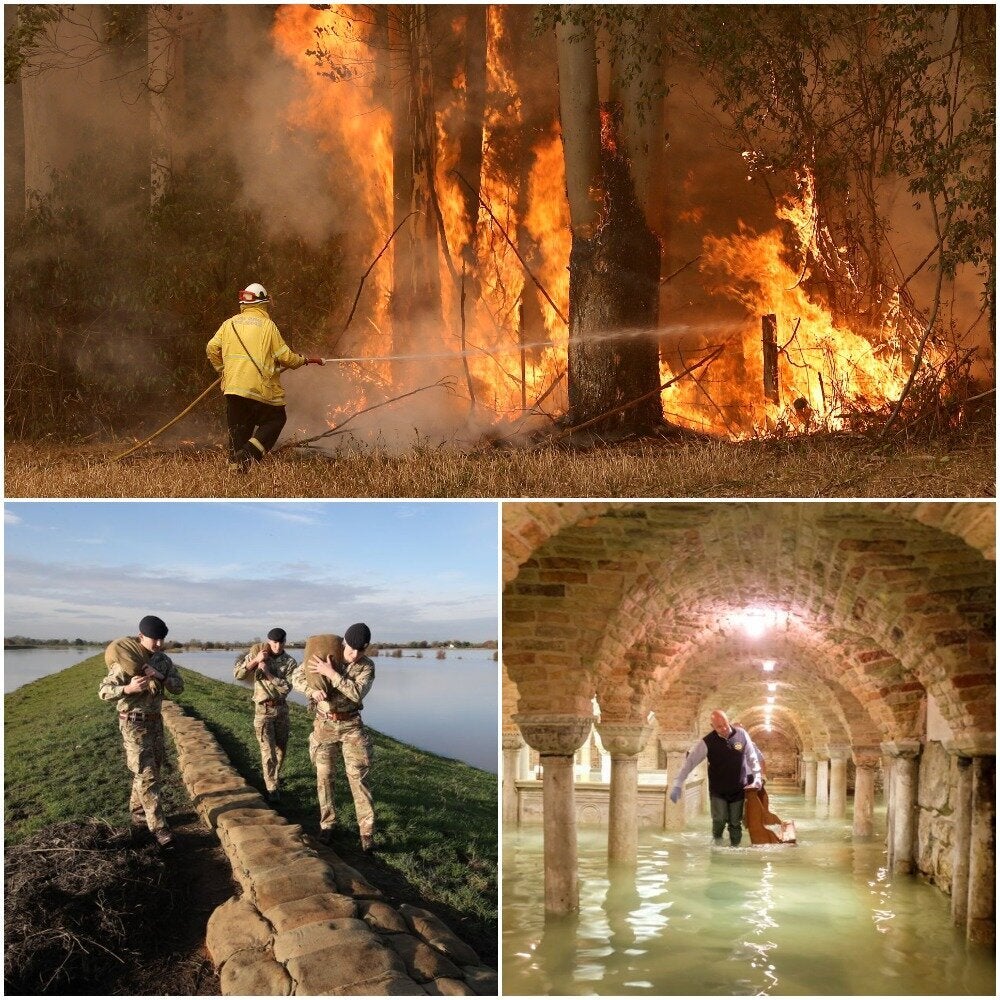
That has changed. With large parts of Australia ravaged by fires, the north of England devastated by floods and Venice’s historic centre under six feet of water, people have been asking – is this a result of the climate emergency?
But what are politicians saying about these disasters? Are they linking them to climate change too?
Here’s what you need to know about the ongoing weather emergencies – and what authorities are saying about them.
Flooding In Northern England
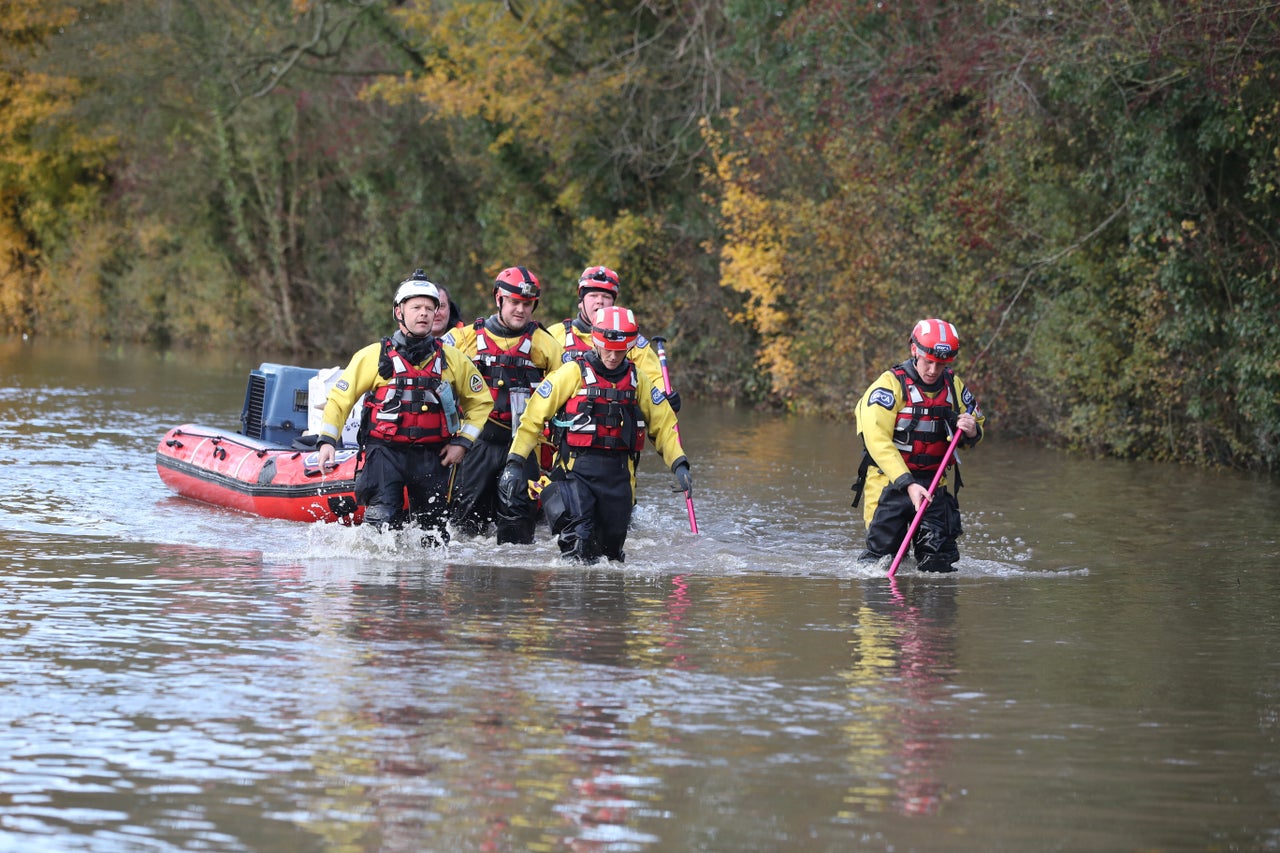
Over the past few days, parts of northern England have been gripped by serious flooding, with more than 800 properties affected in Yorkshire, Derbyshire, Nottinghamshire and Lincolnshire.
On Wednesday morning, almost 100 soldiers were drafted in to South Yorkshire to help communities cut off by the flooding, with more personnel expected to be deployed later.
Soldiers from the Light Dragoons were spotted laying down sandbags in Stainforth near Doncaster and attempting to shore up the village’s bridge.
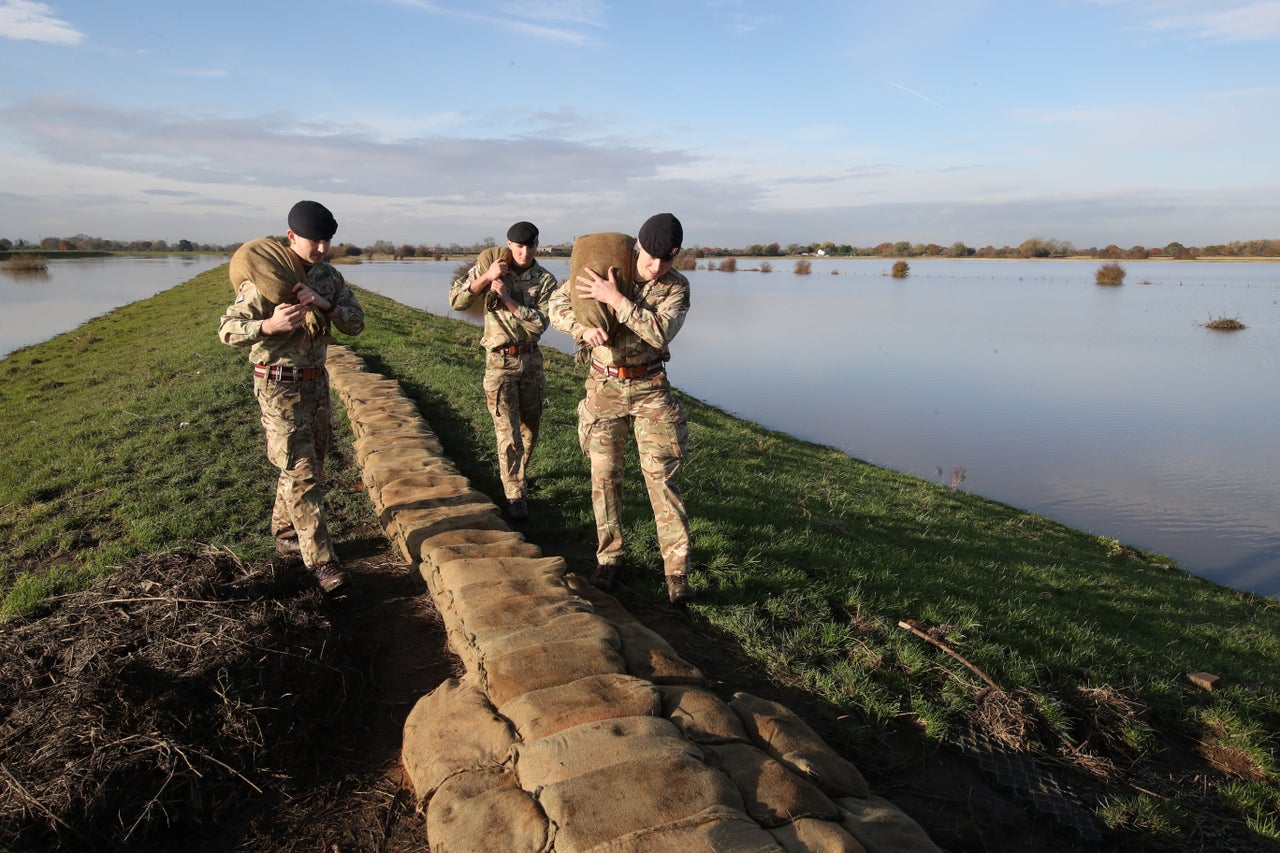
According to the Environment Agency, 39 pumps are also being used to tackle the flood water across the region.
But while five severe “danger to life” warnings on the River Don in South Yorkshire have been downgraded, there are fears that northern England could be hit again by severe weather conditions in the coming days.
The Met Office has issued yellow warnings for rain across Yorkshire and Lincolnshire for Thursday and Friday, telling residents to be ready for flooding, fast-flowing water and the potential for some communities to be cut off.
Meanwhile, 34 flood warnings remain in place across England, many of which are for the north.
Are People Blaming Climate Change?
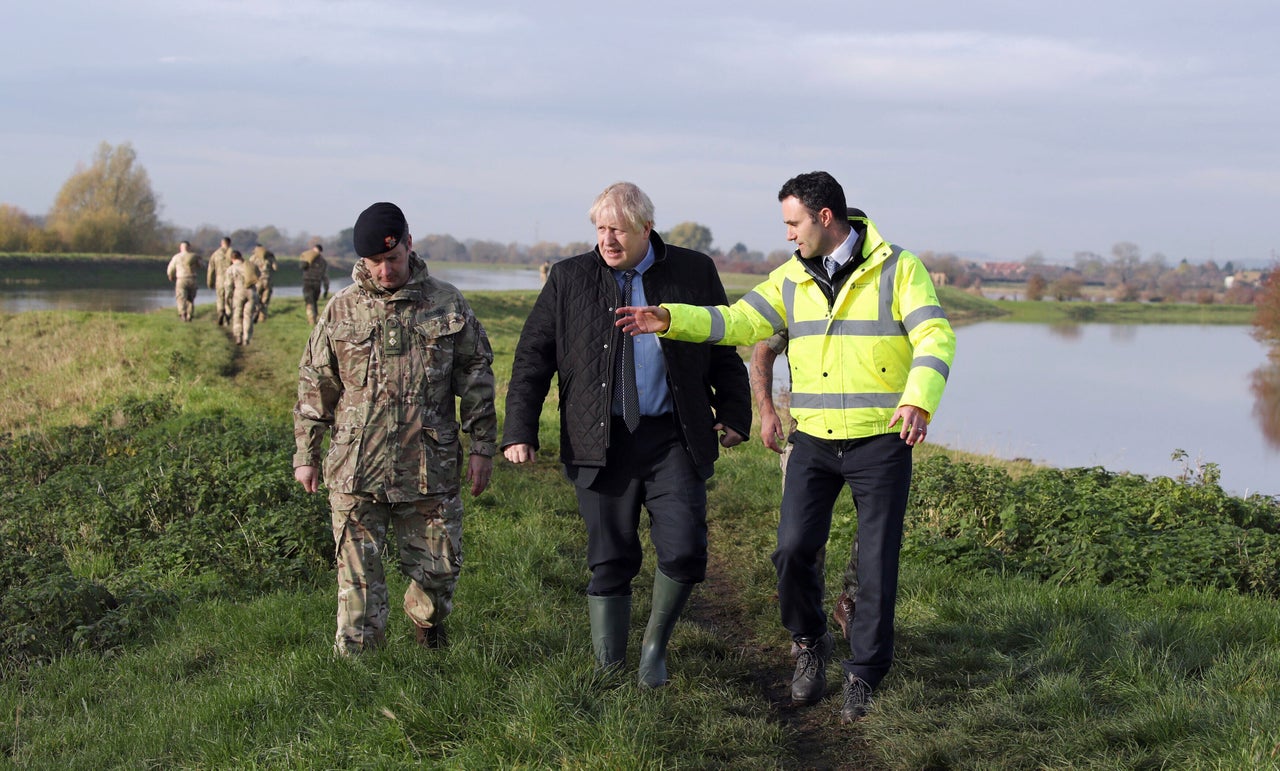
The government has faced serious criticism over the flooding, with critics accusing ministers of failing to do enough. When Boris Johnson visited Stainforth on Wednesday, residents told him: “You’ve took your time Boris, haven’t you?”
Another woman said: “You’ve not helped us up to [present]. I don’t know what you’re here today for.”
But the PM said the government has been working on it “round the clock”.
On Tuesday, Johnson chaired a meeting of Cobra, the government’s emergency committee. He later announced that local councils would be offered around £500 of funding per household affected by flooding.
Meanwhile, up to £2,500 would be available for small to medium-sized businesses which have suffered severe impacts and which are not covered by insurance.
But what do politicians believe has led to the flooding? Following a visit to Matlock in Derbyshire on Friday, the PM said it was “almost certainly because of climate change”.
“We are seeing more and more serious flooding - perhaps because of building, almost certainly because of climate change,” he said.
“We need to prepare and we need to be investing in those defences.”
Labour leader Jeremy Corbyn has also said the flooding “is what a climate and environment emergency looks like”.
“Every year we don’t act means higher flood waters, more homes ruined and more lives at risk,” he said on Tuesday. “Flooding isn’t a natural disaster – it’s human-made.”
Bushfires In Australia
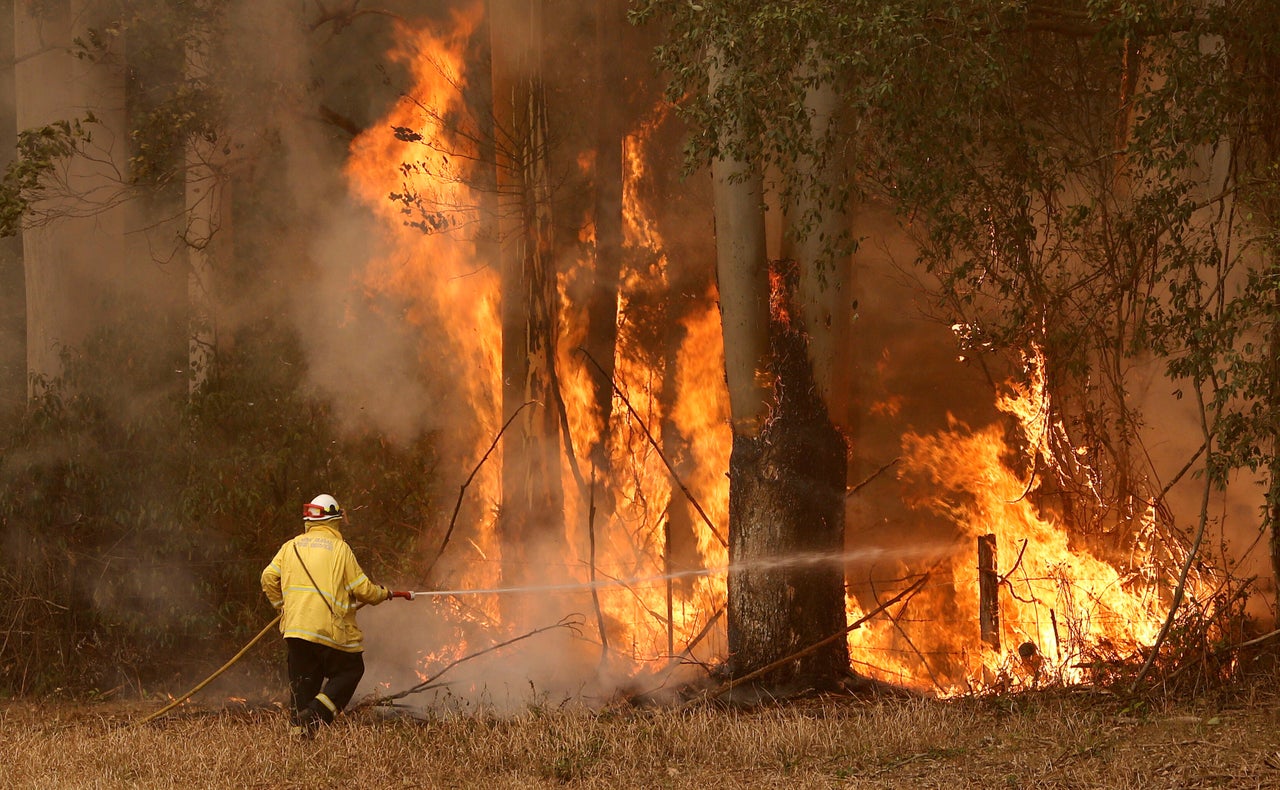
Bushfires have been raging across New South Wales (NSW) and Queensland in eastern Australia, with blazes also reported on the west coast of the country.
Three people have been killed and around 2.5 million acres of farmland and bush have been destroyed in the fires, Reuters reported, while 300 homes have been destroyed in NSW alone in recent days.
On Wednesday, residents and tourists were ordered to get out of the way of fast-moving flames as firefighters struggled to contain more than 150 bushfires across the country.
Authorities issued a “leave immediately” warning – the highest level – for several areas including Noosa, a beachside holiday destination 150 km north of Brisbane.
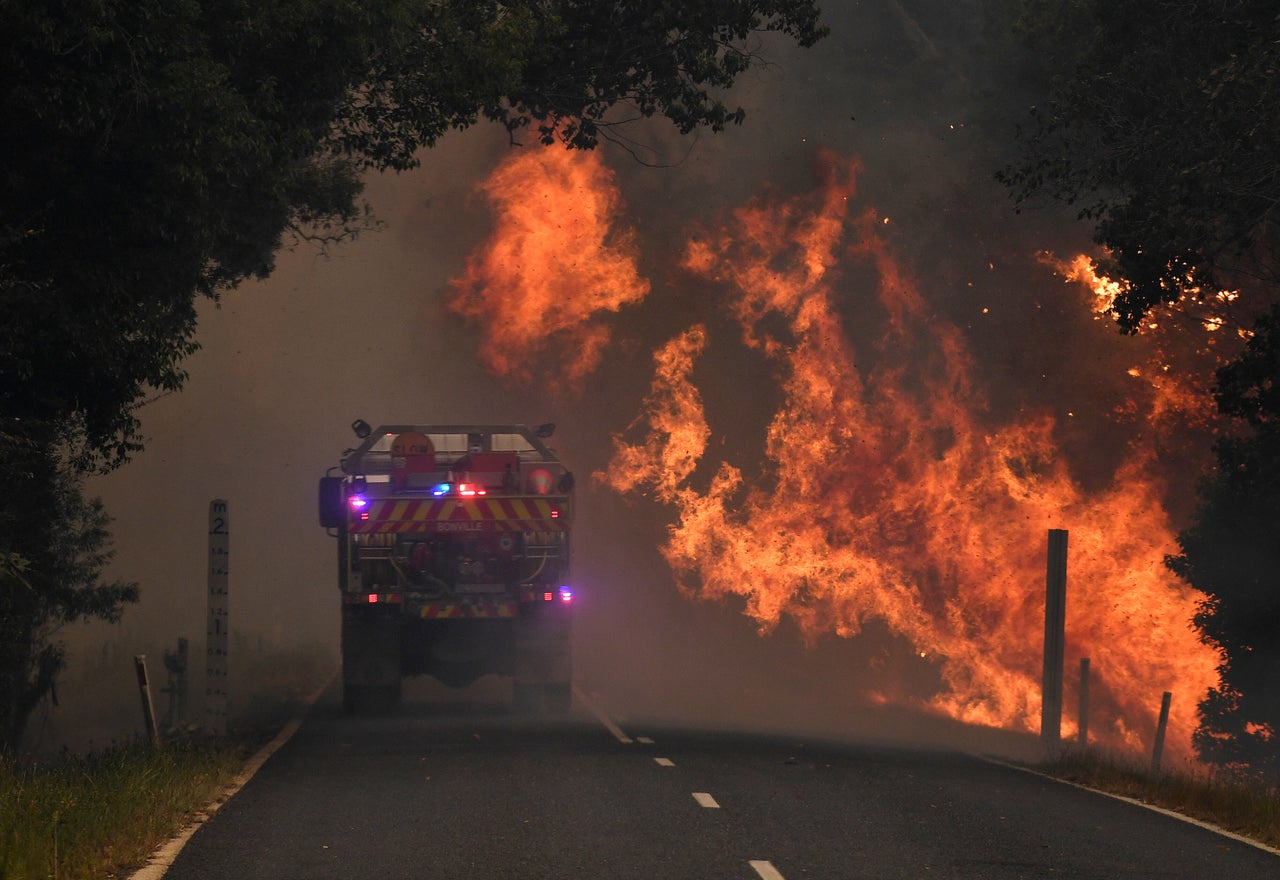
While bushfires are common during Australia’s hot, dry summers, it is thought the ferocity of the spring-time fires has been fuelled by extremely dry conditions following three years of drought.
Insurance experts say companies have already received around £27 million worth of claims from the fires.
Are People Blaming Climate Change?
Some experts have blamed climate change for causing the droughts which have exacerbated the fires and for lengthening Australia’s “fire season”, which is usually restricted to summer.
However, whether climate change is the cause of the bushfires has become a major topic of debate among Australian politicians. While some have called for a plan to deal with Australia’s “warming climate”, others have insisted that climate change is not to blame.
Deputy PM Michael McCormack said attempts by some to link the government’s support of the coal industry to the fires were the “ravings of some pure, enlightened and woke capital city greenies”.
There have been fires in Australia “since time began”, he told reporters.
Meanwhile, Barnaby Joyce – a former deputy prime minister – has suggested that climate activists are at least partly to blame for the fires by lobbying to reduce “back burns” – fires that are deliberately set to clear dry undergrowth.
Historic Levels Of Flooding In Venice
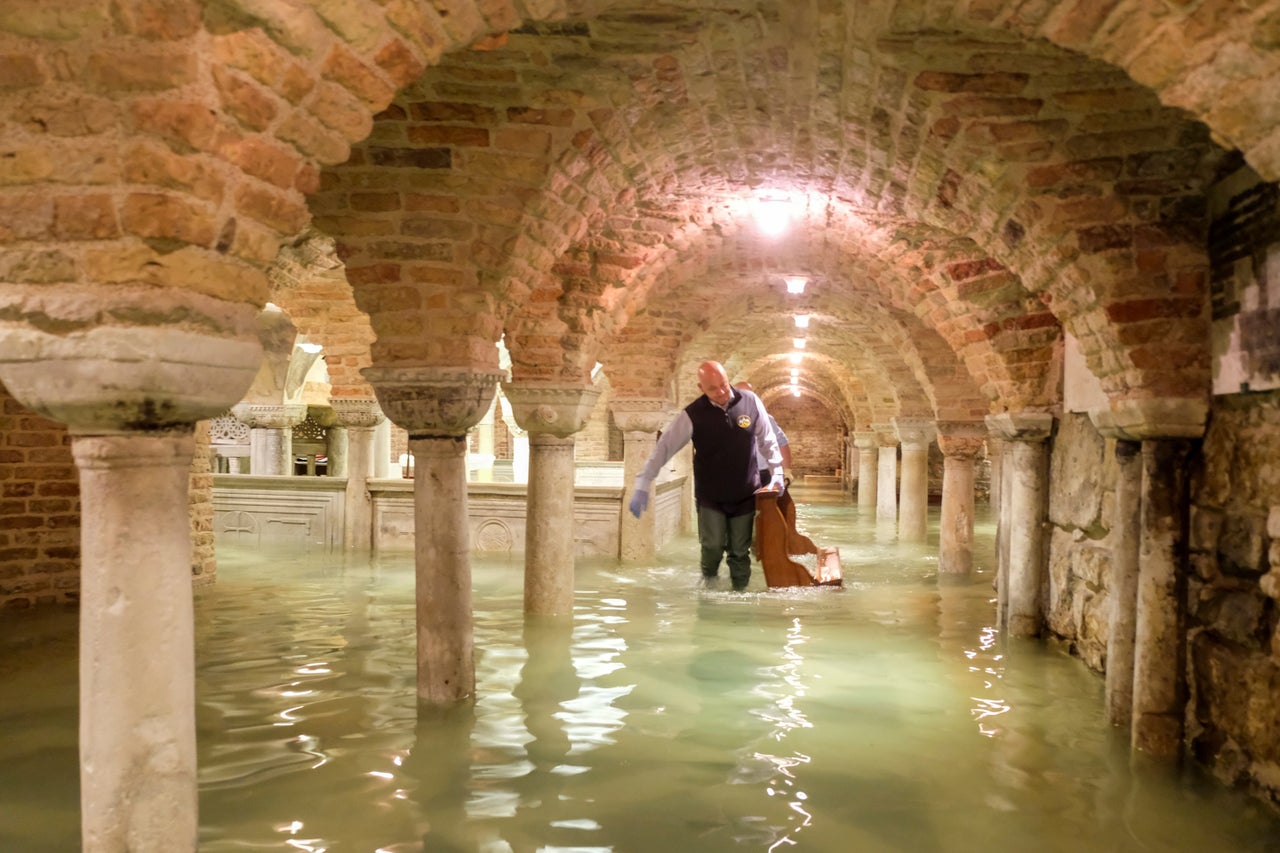
Dramatic images have been captured in Venice after flooding in the historic lagoon city hit its second-highest level ever.
On Tuesday, the high-water mark hit 74 inches – meaning that more than 85% of the city was flooded.
The reading was just 2 inches short of the record-high level recorded during infamous flooding in 1966.
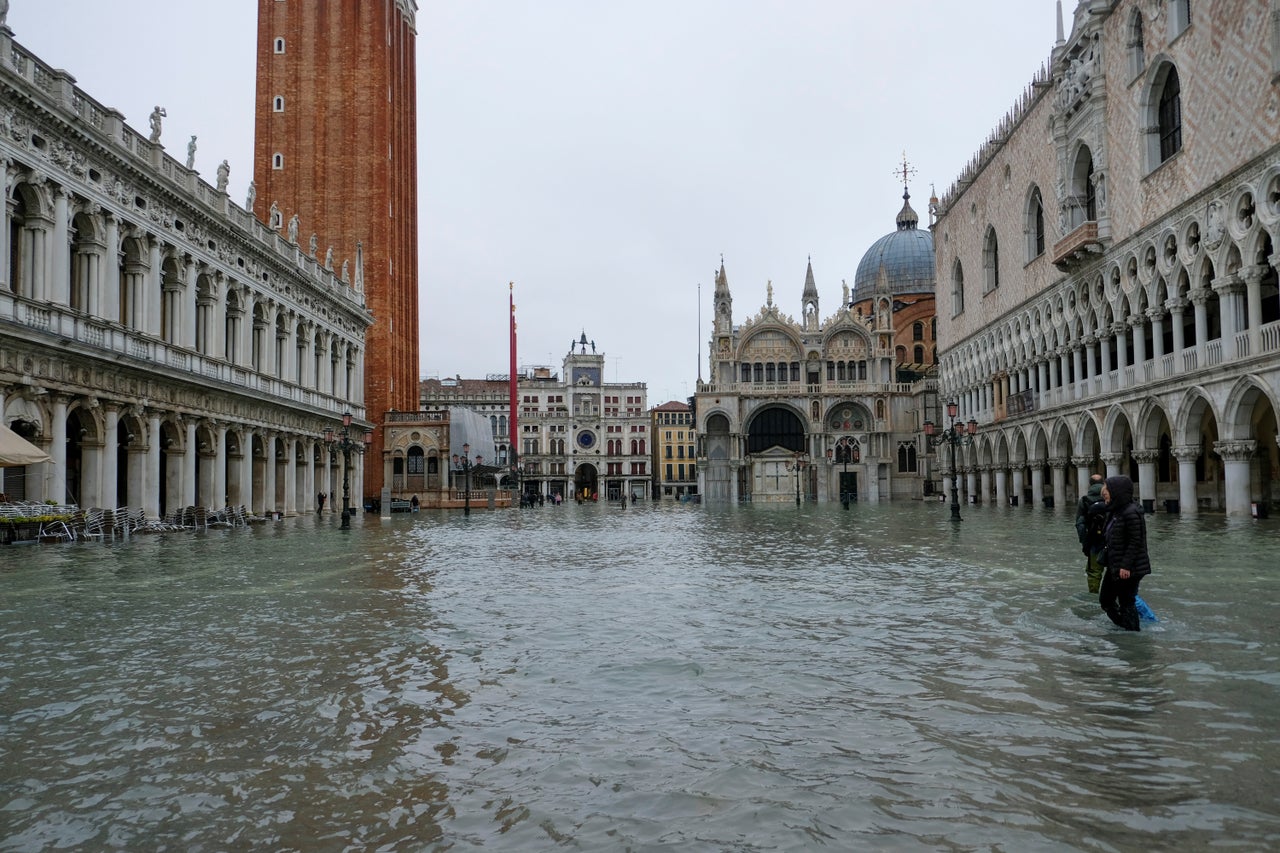
Photos from the city showed a city ferry and taxi boats grounded on walkways flanking canals, while many squares and alleyways were also deep underwater.
Meanwhile, Saint Mark’s Square was submerged by more than one metre of water.
The historic Saint Mark’s Basilica was also flooded for only the sixth time in 1,200 years – but the fourth in the last 20.
Are People Blaming Climate Change?
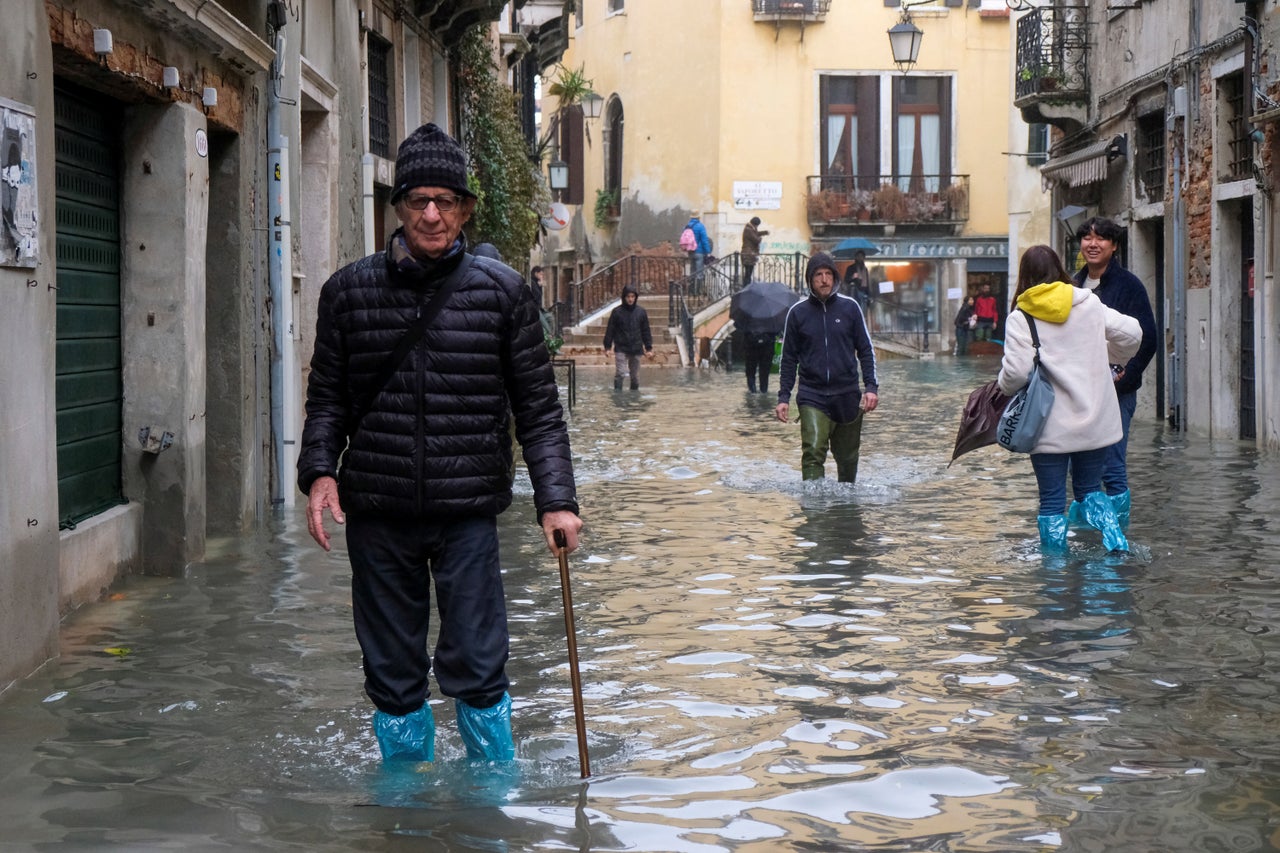
Unlike politicians in Australia, Venice mayor Luigi Brugnaro has been very clear he believes the flooding has been caused by climate change.
He tweeted on Tuesday night he would declare a “state of calamity”, asking the government for financial help to deal with the disaster.
“The costs will be high,” he wrote. “These are the effects of climate change.”
The mayor also called for the Mose – a system of floodgates that could be used to protect the city during storms or in the event of rising sea levels – to be completed “soon”.
